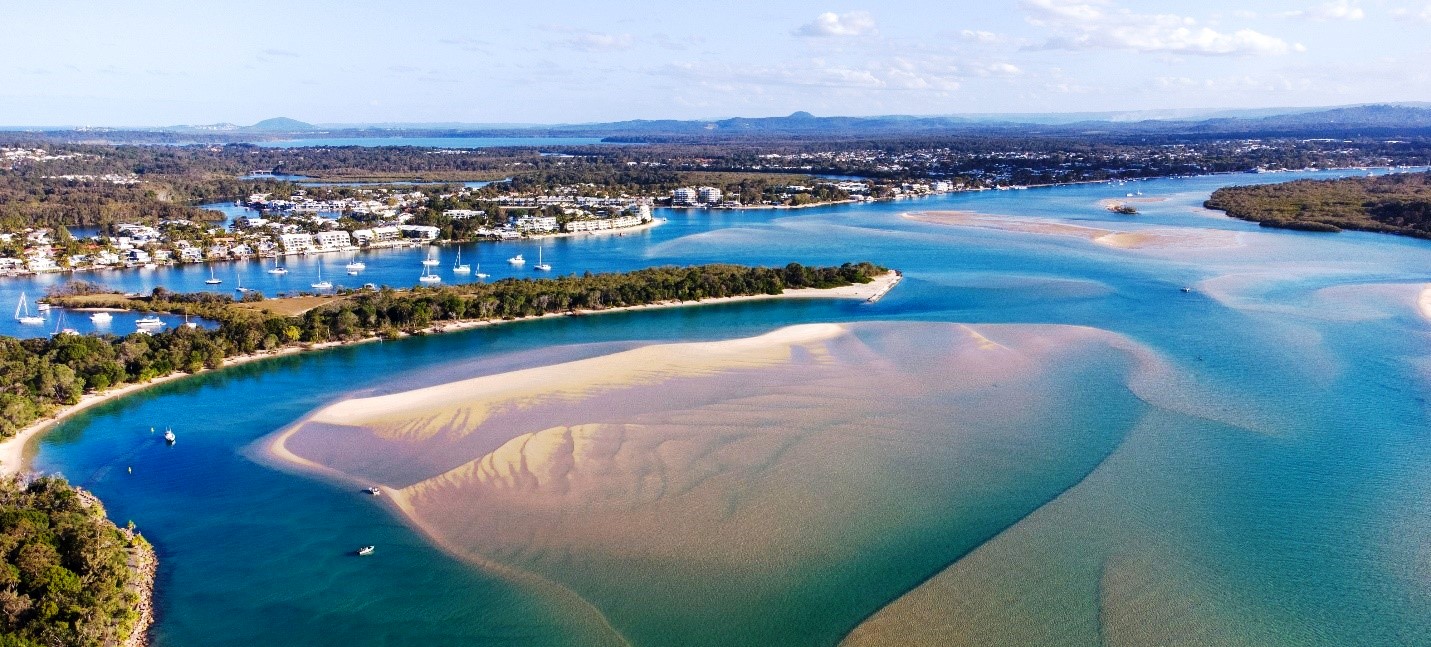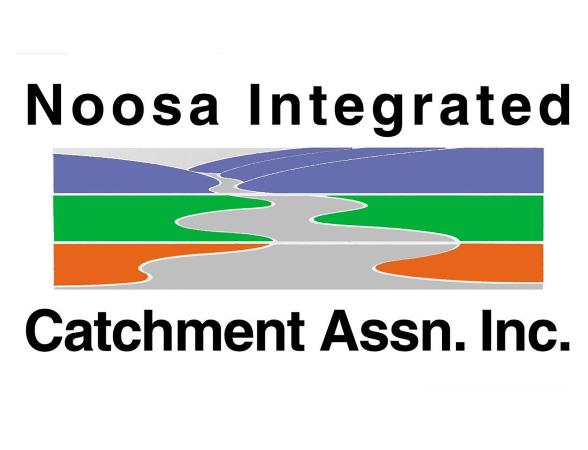NICA WATERWATCH REPORT 2023
NICA has continued its water testing program, testing at thirty river, lake, and creek sites along the Noosa River catchment from below Lake Weyba up to the Upper Noosa River, on a regular monthly basis. We measure water temperature, pH, conductivity, salinity, turbidity, and dissolved oxygen content, while general visual observations e.g. water appearance or floating matter are also noted.
This is a volunteer citizen science activity and we estimate that the volunteer input for the program has amounted to over 450 hours for the year. NICA administers the program, the work covering all aspects of coordination of volunteers, instrument calibration, data collection, data recording and analysis, and finally reporting.
In 2022 the Healthy Land & Water Report Card downgraded the Noosa River to a B grading following the heavy rains experienced early last year. We are pleased to report that our measurements during 2023 have shown a significant reduction in sedimentation in the river, measured as turbidity, which on average of all the river sites is now half that for last year. Indeed, some of the “dirtiest” test sites have shown even much greater improvement with turbidity down to just 20% of the previous average readings.
This is largely due to the onset of the coming El Nino weather pattern with its lower rainfall and milder weather events. All previous years’ testing has shown the importance of heavy rains and strong winds in stirring up the two shallow lakes Cootharaba and Coroibah, with resulting resuspension of sediments from the lake beds, which then eventually flows downstream. During 2023 the mild weather has not stirred the lakes to any great extent so the river has been exceptionally clear for many months. Continuing efforts to reduce erosion in tributary streams like Kin Kin Creek will also contribute to cleaning up the river.
Water samples collected by NICA are also routinely tested by Noosa Council to measure nitrogen and phosphorus pollutants in the water, in efforts to discover sources and causes of algal growths which, if left unchecked, can create serious contamination of the river and beaches. The results have been similar to the sedimentation tests, slightly higher values only being observed following heavier rains such as last occurred in March and April. For the rest of the year all such pollutants (mainly from fertiliser residues) have remained well below the official guidelines set for the river by the State Dept. of Environment and Science, DES.
We look forward to the Noosa River being upgraded again to its previous ‘A’ grade status later this year.
Bruce McConkey
October 2023



